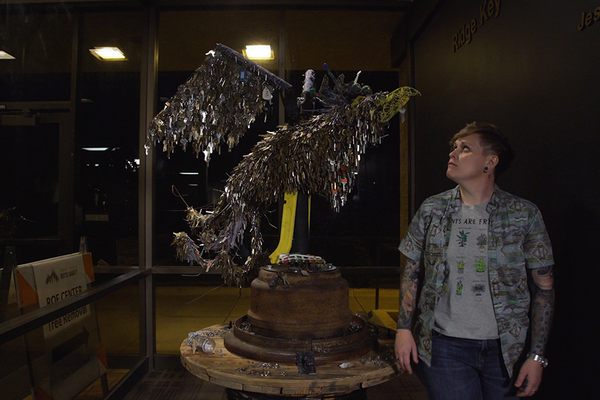This Burning of Poached Elephant Goods Is One of the Largest in History
Over three tons of tusks and ivory products were lit ablaze.
ZS Director of Conservation Prof Jonathan Baillie at the 1st ever Cameroon ivory burn of 2000 ivory tusks @baillieuk pic.twitter.com/rKh7OFnMe5
— ZSL Conservation (@ZSLconservation) April 19, 2016
Elephants are regular targets of poaching in Africa, mainly, of course, for their tusks, which are lucrative items on world black markets, particularly China.
One way officials have taken to fighting poaching is simple: destruction. If there aren’t tusks to buy, the logic goes, buyers won’t. (Stockpiles of seized tusks are notoriously hard to keep secure, often because of corruption.)
And so for decades now countries have resorted to public burnings, inspired in large part by one of the first, in 1989 in Kenya, where 12 tons of tusks and ivory went up in flames.

The latest was Tuesday in Cameroon, where a pyre containing what officials said was 3.5 tons, or around 2,000 tusks and hundreds more ivory products, was lit ablaze.
The burning happened in a public space in Yaoundé, the country’s capital, with no less than U.S. Ambassador to the United Nations, Samantha Power, in attendance. The inferno is expected to burn for three days.
With each burning, questions are raised as to whether destruction is really necessary, and the process has also been criticized as merely a public relations ploy, though Power defended it.
“The only place ivory belongs and the only value ivory has is on elephants,” she said, according to the Associated Press.

















Follow us on Twitter to get the latest on the world's hidden wonders.
Like us on Facebook to get the latest on the world's hidden wonders.
Follow us on Twitter Like us on Facebook